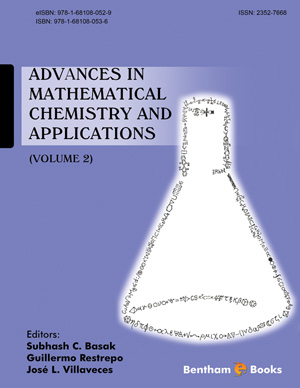Abstract
Drug development is a long and time-consuming process, which can take an average time of 10 years for the identification of one lead compound to be further tested in the preclinical phases. Quantitative Structure-Activity Relationships (QSAR)-based techniques are valuable tools for shortening the time of lead compound identification, but also for focusing and limiting the time-costly synthetic activities and biological/ADMET evaluations. This review reports an overview of the current research and potential applications of QSAR modelling tools in rational drug design. The chapter is set out in the same order in which QSAR models are generally built up, starting from the setup of the dataset for modelling, assembly of typical molecular descriptors and selection routes, followed on by an outline of the commonly used techniques for establishing the QSAR models and lastly, by a discussion of the most useful procedures for reliability and uncertainty assessment of the models for regulatory purposes.
Keywords: Rational drug design, QSAR modelling, Linear discriminant analysis, Principal component regression, Partial least squares regression, Decision tree and decision forest, Artificial neural networks, Support vector machines, Gene expression programming theory, QSAR reliability, QSAR validation, QSAR applicability domain.






















